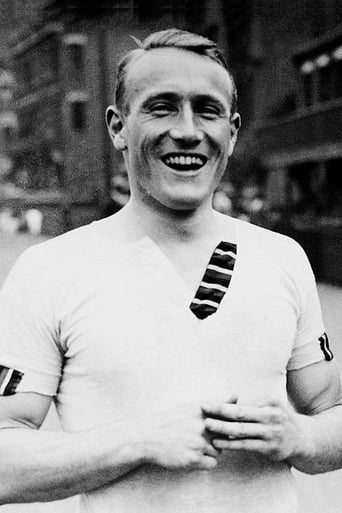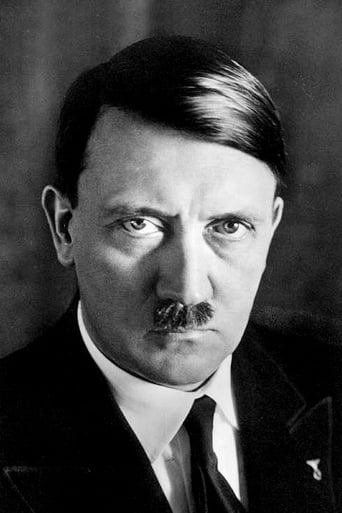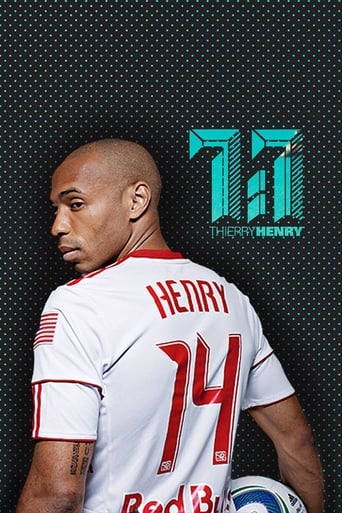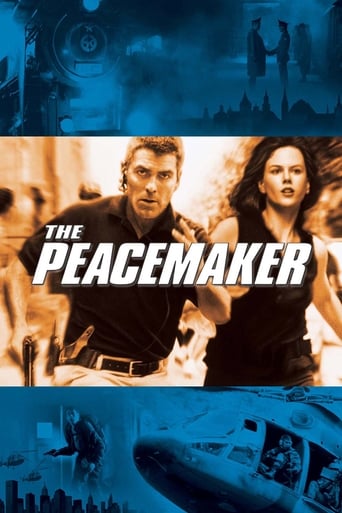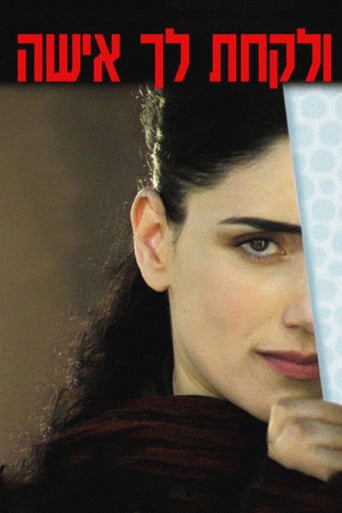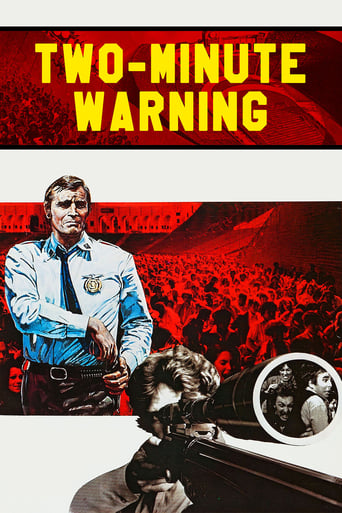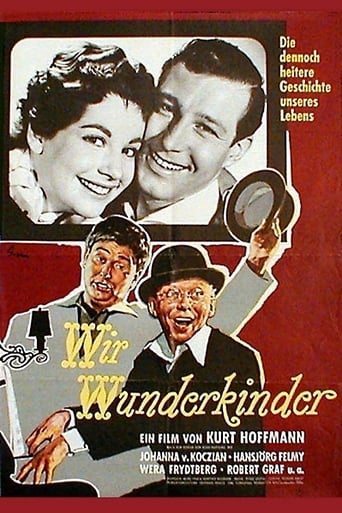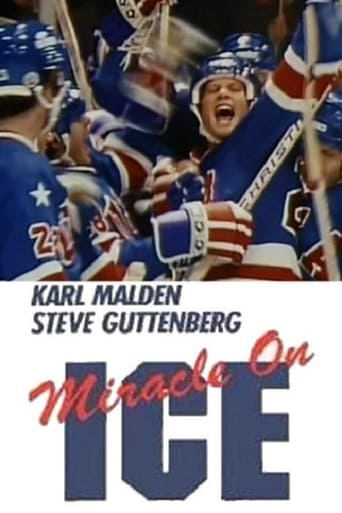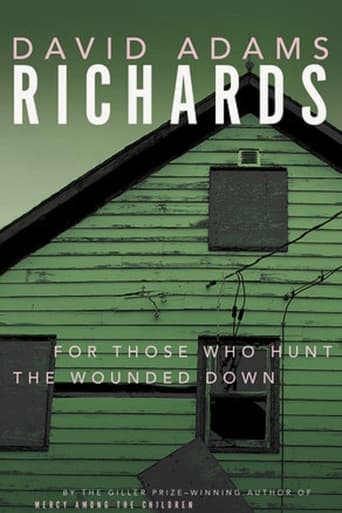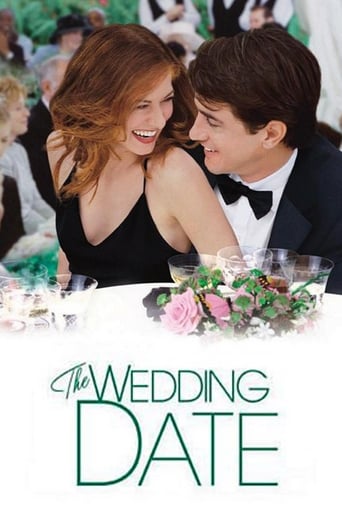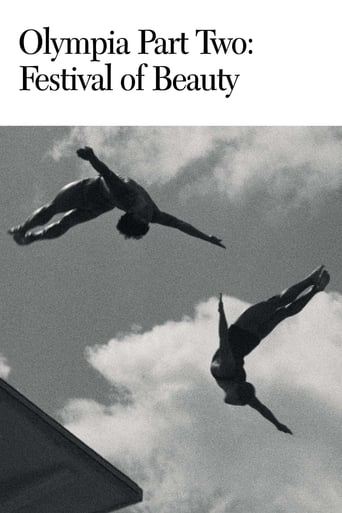
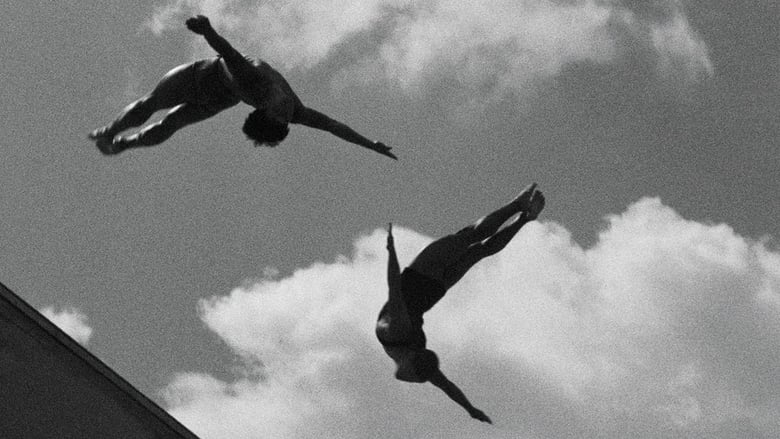
Olympia Part Two: Festival of Beauty (1938)
The Second part of Olympia, a documentary about the 1936 Olympic games in Berlin by German Director Leni Riefenstahl. The film played in theaters in 1938 and again in 1952 after the fall of the Nazi Regime.
Watch Trailer
Cast


Similar titles
Reviews
For the most part, this is just a continuation of the first part of "Olympia"--a documentary about the 1936 Berlin Olympics made by the notorious Leni Reifenstahl. Unlike her slobbering lover letter to Hitler in "Triumph of the Will", the "Olympia" films are NOT filled with German propaganda but are incredibly artistic films. They are filled with some of the best camera-work you'll ever see--and put more modern Olympic documentaries to shame in this regard. The films are gorgeous.The film begins with a lot of nudity--just like "Part One". This time, it's full of naked men doing all sorts of outdoorsy things--swimming, lounging, running and hanging out in the sauna. While it was not intended, there sure seemed to be a strong homo-erotic quality about it. But I assume the real purpose was to show an idealized view of modern Germans--like they are descendants of the original Greek athletes. Regardless, it's a lot of naked blond men cavorting about...artistically.Like "Part One", following this very artsy beginning, the rest of the film is a straight documentary showing the various Summer Olympic events. In all cases, the camera-work was brilliant. But the ones that REALLY struck me were the yachting scenes. How Riefenstahl and her crew did these shots is a mystery. I THINK they tagged along in boats and shot some of the scenes with a telephoto lens. Others, I suspect, were re-created for the film to give it added close-up realism. Regardless, the camera shots were amazing.Unfortunately, however, like "Part One", the film got VERY dull because just showing event after event got tedious--especially since the viewers have no idea who any of these folks are and the events occurred 73 years ago. Of course it looked great and was supremely composed...but still kind of dull. My feeling is that if you are a film snob, cinemaniac or appreciate art films, watch this and the first installment. Others might just find it a tough viewing.By the way--get a load of the gymnastic events. First, the participants were only men. Second, they all performed outdoors! Interesting how times have changed!
In a world where female directors ARE discriminated against and always have been it's a tragedy that this genius (Riefenstahl) destroyed her reputation by working for the Nazis. I've seen both the Olympiad films and they left me chilled, inspired, and ashamed of myself for being inspired by them. It is quite vicious and unashamed white-supremecist propaganda, but by God it's done well. I'm wondering if the so-called "olympic ideal" EVER existed now? Are the olympics about sport, or just a huge great marketing vehicle? Nowadays it's Coca-Cola & Nike; back in the 1930s it was Hitler and the Nazi Party. The 'message' of Olympiad is that National Socialist Germany is the highest evolution of human society and that Aryan supermen dominate sport. Riefenstahl did a brilliant job of presenting this case and I'm sure that to many people it seemed reasonable and seductive; but that was before Blitzkrieg and the Holocaust. It IS a wonderful film and Leni Riefenstahl was one of the most talented movie directors who ever lived, but let's never forget she was also a collaborator in this most evil of all regimes. My belief has always been that she knew exactly what Hitler was up to and happily took part because she never thought she'd be held to account for it. By all means watch Olympiad and be enthralled by it (just like I was) but remember, this is the devil's work - and it could happen again.
This is a fairly good companion piece to the first film. Even though it doesn't have the emotional impact of Jesse Owens exploits you did get to see some of the great performances that took place during "Hitler's Games". This film and the first film will always be remembered as two of the greatest sports documentaries every produced.
If this film was never made, the current camera movements and angles we see today on television would probably never exist. Given unquestionable freedom, Leni Riefenstahl created a film which is bold in composition and visual aptitude. The motions of athleticism are caught beautifully, especially the diving sequence and the running sequences. While many will say Riefenstahl was a pro-Nazi film maker, one cannot deny the innovation she instilled in the art of film making. If you can take the near 4-hour running time and the fact there is no dialogue in the film, then experience this film for the power and breathtaking visuals, not the supposed pro-Nazi agenda.


